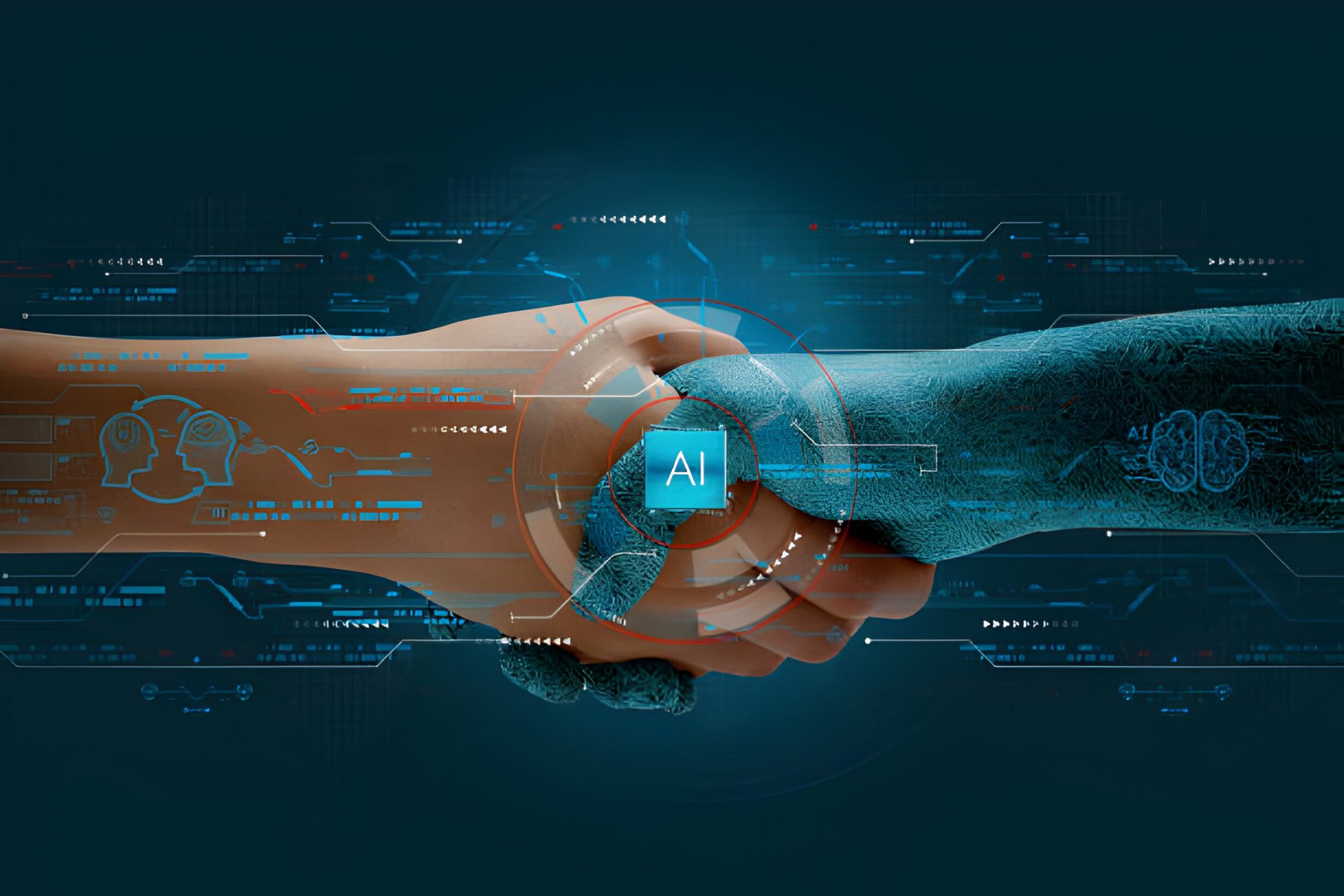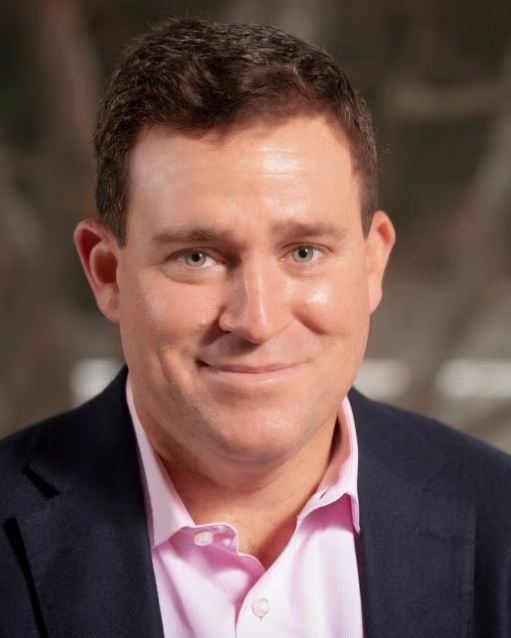Artificial Intelligence
Deloitte Consulting CEO Says Workers Are Not as Afraid of AI as You Might Think
Dan Helfrich discusses worker sentiment around AI, worker surveillance, and how we can all adapt in the age of AI.
Mar. 15, 2024

By AJ Hess, Fast Company (TNS)
According to outplacement firm Challenger, Gray & Christmas, 84,638 U.S. employers have laid off workers in 2024 so far. Of these layoffs, 15,225 were attributed to a “technological update” and just 383 were explicitly blamed on artificial intelligence.
It may be that AI is not yet capable of replacing many workers. Or it may be that transparently replacing workers with AI is a bad look. “In light of the backlash some companies have faced for directly attributing job cuts to artificial intelligence, they appear to be framing this shift as a ‘technological update’ rather than an outright substitution of human roles with AI,” suggests Andrew Challenger, the firm’s senior vice president and labor and workplace expert. “In truth, companies are also implementing robotics and automation in addition to AI.” His firm’s data indicates that AI was the cause of 4,247 layoffs in 2023.
But regardless of exactly how many jobs have been lost to AI already, anxiety about whether (and when and how) AI will replace even more workers remains high. And while some have argued that AI may eliminate jobs but create new ones, research from Indeed suggests that 70% of HR professionals and 66% of job seekers think AI will be used to cut labor costs—rather than create more jobs.
However, Deloitte’s 2024 Global Human Capital Trends Report suggests that workers may be less scared of AI than previously understood. The report estimates that just 28% of workers worry about technology threatening their jobs and a whopping 70% are open to offloading work to AI to “free up time and boost creativity.”
Dan Helfrich, CEO of Deloitte Consulting and his team of 80,000 are confident that AI will lead to an increased emphasis on “human” skills such as creativity and empathy in the labor market—as well as some necessary upskilling.
This decidedly not-anxious perspective may be impacted by Helfrich’s industry. The consulting industry, he suggests, is uniquely suited to navigate this period of technological transformation. It is also, by its very nature, structured to be able to adjust to the rising or falling tides of the labor market.
Fast Company spoke with Helfrich to discuss worker sentiment around AI, worker surveillance, and how we can all adapt in the age of AI.
This interview has been edited for length and clarity.
Fast Company: What is your biggest takeaway from Deloitte’s recent report?
Dan Helfrich: I think headline number one, because of the interest level externally, is AI. And the most interesting headline underneath that is that there’s so much AI conversation in the mainstream about the fear of AI by workers. And what our study says is actually 70% of workers are excited about the prospect of AI offloading some of their day-to-day responsibilities, and less than 30% are fearful of the impact on jobs.

The lesson learned for forward-thinking organizations is: Lean into the opportunity and excitement piece, and you’ll capture more employee loyalty, employee retention, etc.
And then I’d say the second overall big headline is what we call the “knowing versus doing” gap. Most organizations and their executives know what they need to do to embrace AI, to put employees’ skills at the fore, but most are acknowledging that their execution is way behind what they know they need to do.
FC: Anxiety and fear about AI is definitely top of mind for a lot of people, but I’ve seen reports that say about 70% of workers are worried about losing their jobs due to AI. What do you think it is that makes it so difficult to measure worker sentiment about this topic?
Helfrich: Part of it may be the velocity of change, and the velocity of change in people’s sentiment and workers’ sentiment. And so [results can] depend on exactly what you captured in the moment, and exactly when someone is measured. That can contribute to it.
But to me, a lot of it has to do with trust in those organizations. If you’re talking to people who have a high-trust factor with both their employees and their customers, then that ratio of fear to excitement is likely to be one way and for those that haven’t invested in trust, it’s likely to be the other way.
FC: That brings to mind the research your team recently did on the “transparency paradox.” Tell me more about what your team found.
Helfrich: There are two things about [the transparency gap] that are interesting to me. The first is this “knowing versus doing” gap: 88% of leaders say increasing focus on trust and transparency between their employees and their organizations is important. Yet, only 13% are doing enough to make meaningful progress. That gap is profound.
But the paradox itself is really the idea that as you lean into transparency as a differentiator, you have to be very careful—in an age of widely available data on almost everything an employee does—that you don’t turn that into what employees might view as surveillance. Because if you are viewed as surveilling and studying every minuscule activity that an employee does, then the potential for trust erosion is very high.
That’s the paradox. We think it is a really interesting tightrope for executives to walk as they pursue efficiency in the name of transparency, but risk losing trust if they go too far into a culture that is viewed as surveillance-like.
FC: In 2022 and 2023, one of the biggest conversions was about how to use technology to make workers more productive. Are you seeing any changes in terms of how much of a priority that is for leaders right now?
Helfrich: Right now, as I’m talking to CEOs, the biggest topic is people grappling with the idea that they need to rethink productivity measures. And [CEOs] haven’t made considerable progress.
It brings us back to this “knowing versus doing” gap. Seventy-five percent of the executives we’ve talked to said, seeking better ways to measure worker performance beyond traditional productivity measures is really important. But only 17% feel positive about their progress. So we’re certainly spending a lot of time both on our own workforce, and with helping our clients, to figure out how you measure human performance and outcomes versus traditional productivity metrics, which tend to be input-focused. And I think there will be a lot of fun things that happen over the next 18 months or so as people experiment with new measures.
FC: Whether it’s about AI, or productivity, or surveillance, my sense is that fundamentally, workers just want to feel like their job is secure. Many workers don’t even want to know how the sausage is made, they just want to know that they’re going to have a job for the foreseeable future. What skills do you think it might be necessary for workers to gain in order to keep their job?
Helfrich: Job security is certainly on people’s minds. But as the economy improves, I think a lot more of the conversation with employees is about not whether my job is secure, but whether my organization’s investing in me to succeed in the future. So it’s less a job-security conversation now, and it’s more a medium term development conversation. That gets into the concept of skilling.
There are two things we’re seeing leading organizations do on skilling. The first is, this concept of “digital playgrounds.” We’re seeing great organizations build skills with their employees by intentionally creating sandboxes and spaces where their employees can experiment with GenAI and other capabilities at scale. And that notion of putting imagination to work becomes really important. Imagination is one of the uniquely human skills that we do think is required in the future.
And then the last thing is: How do you prove to people that there are unique human skills that matter to the organization and you can improve? And so we’re seeing—even in our own organization at Deloitte—we’re teaching courses like “The Art of Empathy” and “The Art of the Story” that teach people the human skills required to build relationships, to show empathy, to narrate a story in compelling ways that are not replaceable by AI.
The next frontier is to prove it to your employees. Do you start measuring those hard-to-measure skills in things like performance management systems? When you’re building a leadership development framework for your organization, are you emphasizing that creativity and empathy are as important as operational skills, and then measuring people on their fluency and progress on those skills? That’s what needs to happen. And we’re slowly seeing people understand that.
FC: Earlier you said, “as the economy improves.” What signs are you seeing about the stability of the economy in 2024?
Helfrich: I would still describe it as a mixed environment, but with the optimism meter rising much more significantly than the downside-risk meter. We see that. We’re sort of an interesting organization to see that because we tend to get called for clients contemplating big investments and multiyear transformation programs. And if I look at the volume of calls we’re getting from clients on those types of programs, and I compare nine months ago to today, it’s materially more. That’s a sign that people are feeling confident enough in their own future, to say, “Let’s make this multiyear investment to modernize.”
FC: I always wonder if I’ll one day end up a consultant—just given how we’re seeing an increase in organizations working with consultants. What trends are you seeing in the industry now?
Helfrich: The reason the profession exists is that major forces of change outside an organization are happening. Organizations believe that they can accomplish their goals faster and more efficiently (and efficiently, often has a cost element to it) by turning to third parties to make that happen. And we are in, we believe, a really big moment of that sort of major technology inflection. So that is creating a lot of demand for the profession. Because, again, that’s why the profession exists to begin with.
Organizations go through cycles of reflecting on what historically we might have called their own “core competency” versus where third-party assistance can help. And we’re seeing a fair amount of that, as well.
The faster the velocity of technological change, the more unlikely an organization is to be able to navigate that change at pace—versus if you’re a consulting firm, or a software firm, the only way that you succeed is to adapt at the velocity of the external change. And so our DNA is better suited [to adapt to AI] than someone who’s in a completely other business, who isn’t set up to evolve with the rapid pace of technology change.
______
Fast Company © 2024 Mansueto Ventures LLC. Distributed by Tribune Content Agency LLC.
